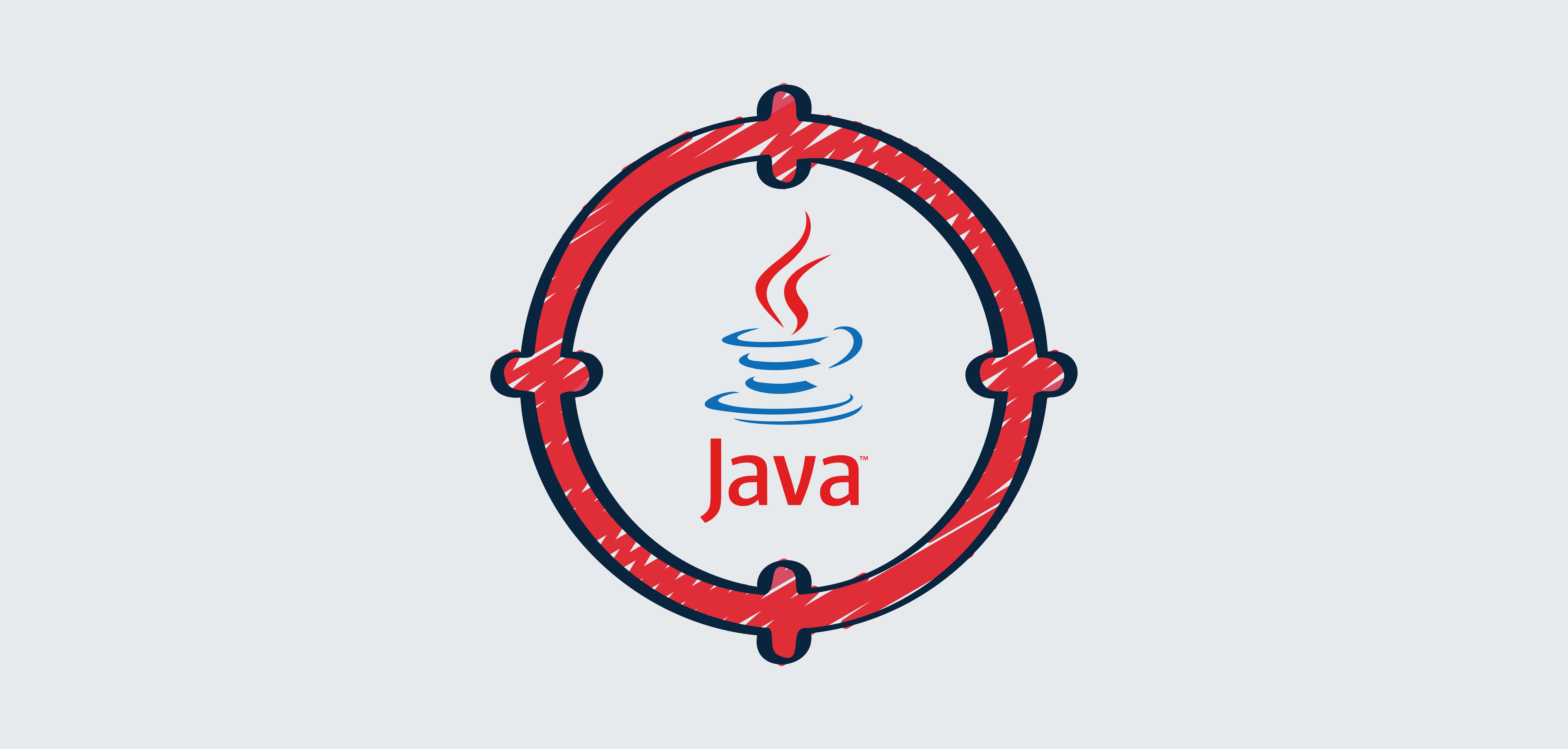2024 Tech Landscape
Java Tops the List: Most Prone to Third-Party Vulnerabilities

By: AMIT Coders
Published Date: 17 Apr 2024
IntroductionA recent report has highlighted a growing concern in the tech world: Java is now identified as the programming language most susceptible to third-party vulnerabilities. This revelation underscores the need for enhanced security practices and awareness among developers using Java in their applications.
The Report FindingsAccording to the report by Sonatype, Java stands out due to its extensive use of third-party libraries and components. The reliance on these external resources can introduce significant security risks, making Java applications particularly vulnerable to exploits.
Why Java?Java’s widespread adoption in enterprise environments and its extensive ecosystem of third-party libraries are key factors contributing to its vulnerability:
- Extensive Library Use: Java applications frequently rely on a broad range of third-party libraries, which can include outdated or insecure components (Java Ecosystem and Security).
- Complex Dependency Management: Managing dependencies and ensuring all components are up-to-date is challenging, leading to potential security gaps (Dependency Management Challenges).
Key Issues Identified
- Outdated Libraries: Many vulnerabilities arise from outdated third-party libraries that are not promptly updated (Outdated Libraries and Security Risks).
- Unpatched Vulnerabilities: Libraries with known vulnerabilities that remain unpatched can be exploited by attackers (Unpatched Vulnerabilities in Java).
- Complex Dependencies: The complexity of managing numerous dependencies increases the risk of missing critical security updates (Complex Dependencies and Security).
Implications for DevelopersFor Java developers, this report serves as a wake-up call to adopt better security practices:
- Regular Updates: Ensure that all third-party libraries are regularly updated to address known vulnerabilities (Best Practices for Library Updates).
- Vulnerability Scanning: Implement tools and processes to continuously scan for vulnerabilities in third-party components (Vulnerability Scanning Tools).
- Secure Coding Practices: Follow secure coding guidelines to minimize the impact of vulnerabilities (Secure Coding Practices).
Industry ResponseThe report has prompted various responses from industry experts and organizations:
- Increased Focus on Security: Companies are being urged to integrate security into the development lifecycle more effectively (Integrating Security into Development).
- Enhanced Tools: The development of more advanced tools for managing and securing third-party dependencies is underway (Advanced Dependency Management Tools).
ConclusionThe report’s findings highlight a critical issue within the Java ecosystem: the language’s reliance on third-party libraries makes it particularly vulnerable to security risks. Developers must take proactive measures to address these vulnerabilities by updating libraries, implementing robust scanning tools, and adhering to secure coding practices. As Java continues to be a dominant language in enterprise environments, addressing these security concerns will be crucial for maintaining application integrity and protecting user data (Future of Java Security).